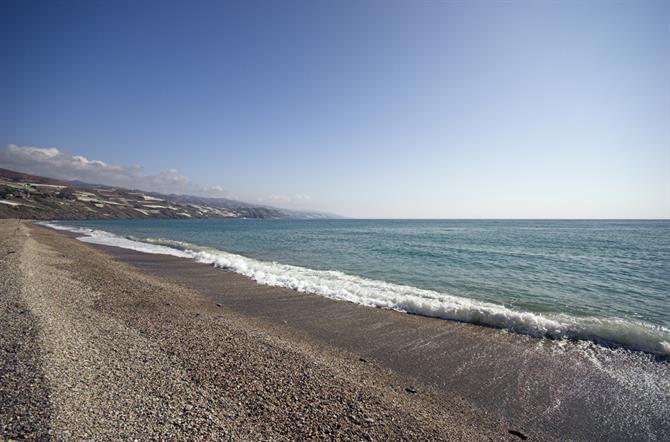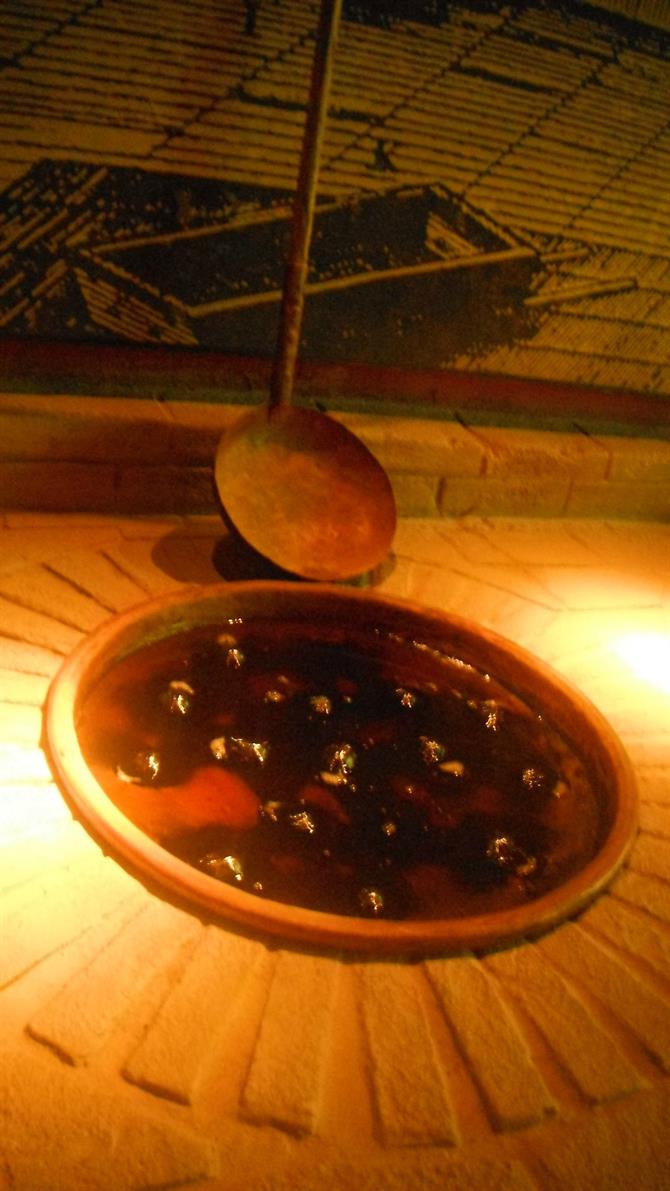Many museums
There's rarely a wet day to be used as an excuse to visit one of the many and interesting museums in Spain. So, instead, you'll have to put aside an hour or two, whether your current craving is art or history, or something else. There are museums for fashion and vintage cars, and even for sugar. Sweet tooth? Then curb your cravings with a visit to the Sugar Museum in Motril, on the Costa Tropical. We recently went to Motril on an errand, and whiled away an hour or so at the Sugar Museum.

Where is it?
Motril sits on the Costa Tropical, in the province of Granada, and 70 kilometres from the city. It's a big and busy town, a hub of activity on any day, and is home to the local hospital, lots of shops and restaurants, and recently the port started a new route to Melilla, a Spanish exclave on the north coast of Africa. You'll see the orchards by the roadside, trees heavy with Banana, Custard-Apple, Guava, and Mango. That's the real business of Motril these days, but it originally built its reputation on Sugar Cane production, the sweet object of our visit.

Best place to park
Come off the Autovía del Mediterráneo - A7, when you see the signs to Al Campo. Go straight up that little road to the main roundabout and turn into the Al Campo car park and leave your car there, it's free.
Walk back to the roundabout and up the main boulevard, Avenida Salobrena. On the left there's a corner with a huge second-hand furniture shop, the street just BEFORE that is your destination: Calle Zafra and then Avenida Marquesa de Esquilache, 4. The museum is called Ingenio de La Palma, and is open at the following times:
Tuesday to Sunday: 10:00 - 13:30 & 17:00 - 20:30 (except Sunday, mornings only)
Admission charge: €3. *FREE for under 35's and pensioners!
What's to see?
Motril is paying homage to almost 1,000 years of history with this museum. Earliest references of the industry go back as far as the 10th century. The original refinery of Motril was constructed in the 16th century, and production prospered, as did the area, for three centuries. The museum today sits on the remains of the original refinery.
Inside, all of the processes of sugar manufacture have been recreated, with light and sound exhibits in different rooms.
Areas of industry
See the following:
- The Cane Palace
- The Milling area
- The Press room
- Refining rooms
There are display panels, models and audio-visuals to keep everyone entertained, and it's quite educational too. You and the family can spend a good hour or more inside. It is very dark inside though, you'll need to watch your step.
What else is in Motril?
What's to do afterwards?
- There's lots in the way of shopping opportunities in Motril. Plenty of coffee shops, bars and restaurants, perhaps a sticky cake after your sweet tooth has been thwarted.
- Notice all the towers and fortified churches, Motril was so rich in its time that it was a major favourite with marauding pirates.
- Visit the church of Santuario de Nuestra Señora de la Cabeza, sitting pretty on a hill in town, surrounded by the Parque de los Pueblos de América. Wander down to the busy working port and see the ferries bound for Africa.
- Go down to the beach for the afternoon, there are 4 or 5 decent Costa Tropical beaches to choose from, and they'll soon be lit up with the fires of San Juan celebrating the Summer solstice.
- If you're there next month, July 16th is the date for the fiesta of Virgin del Carmen down at the port, where there's a mass and the fishermen sing poignantly, and then the Virgin is set out to see, bedecked with flowers and candles.
- Lastly, have a drink as the sun sets, they do a pretty good dark Rum - Ron Palido - here, well...they would, wouldn't they?!
